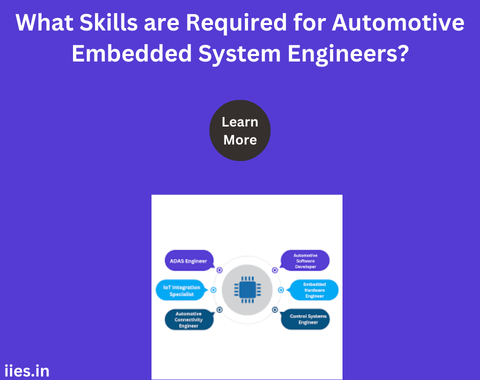
In the rapidly evolving landscape of automotive technology, safety has become a paramount concern for manufacturers and consumers alike. One of the most significant advancements in this area is the integration of automotive embedded systems. These specialized computer systems, embedded within vehicles, play a crucial role in enhancing safety by managing and controlling various functions that prevent accidents and protect occupants.
Automotive embedded systems are dedicated computing systems designed to perform specific tasks within a vehicle. Unlike general-purpose computers, these systems are optimized for particular functions, such as controlling engine performance, managing braking systems, or monitoring driver behavior. They consist of microcontrollers, sensors, and software, all working together to ensure that vehicles operate safely and efficiently.
Active safety features are designed to prevent accidents before they occur, and automotive embedded systems are at the heart of these innovations. For instance, advanced driver-assistance systems (ADAS) rely heavily on embedded systems to process data from various sensors, such as cameras, radar, and LiDAR. These systems can detect obstacles, monitor lane positions, and even identify pedestrians, enabling real-time decision-making that helps prevent collisions.
One of the most notable applications of embedded systems in active safety is adaptive cruise control (ACC). This system uses sensors to maintain a safe distance from the vehicle ahead, automatically adjusting the speed as needed. Similarly, embedded systems power automatic emergency braking (AEB) by detecting imminent collisions and applying the brakes to avoid or mitigate the impact.
While active safety systems aim to prevent accidents, passive safety systems focus on minimizing injury during a collision. Automotive embedded systems play a vital role in managing these systems as well. For example, airbag control units (ACUs) are embedded systems that deploy airbags at precisely the right moment during a crash, based on data from accelerometers and other sensors.
Seatbelt pre-tensioners are another example where embedded systems enhance safety. These devices tighten the seatbelt in the event of a collision, ensuring that occupants are securely restrained, reducing the risk of injury. By processing sensor data in real-time, these systems make split-second decisions that can save lives.
Embedded systems are also essential in vehicle health monitoring and diagnostics, contributing to overall safety by ensuring that the vehicle operates optimally. These systems continuously monitor the performance of critical components, such as the engine, transmission, and brakes. If a malfunction is detected, the system can alert the driver through dashboard indicators or even take corrective action, such as reducing engine power or disabling certain features.
In addition to real-time monitoring, embedded systems support onboard diagnostics (OBD) that store error codes for later retrieval during maintenance. This capability allows for early detection and repair of potential safety issues, preventing accidents caused by mechanical failures.
The evolution of automotive embedded systems is far from over. As vehicles become more connected and autonomous, the role of embedded systems in ensuring safety will only expand. Future developments may include more sophisticated sensor fusion algorithms, enhanced cybersecurity and even vehicle-to-everything (V2X) communication systems that enable cars to interact with each other and the surrounding infrastructure.
In conclusion, automotive embedded systems are revolutionizing road safety by integrating advanced technologies into vehicles that prevent accidents, protect occupants, and ensure optimal vehicle performance. As these systems continue to evolve, they will play an even more critical role in making our roads safer for everyone.
Indian Institute of Embedded Systems – IIES